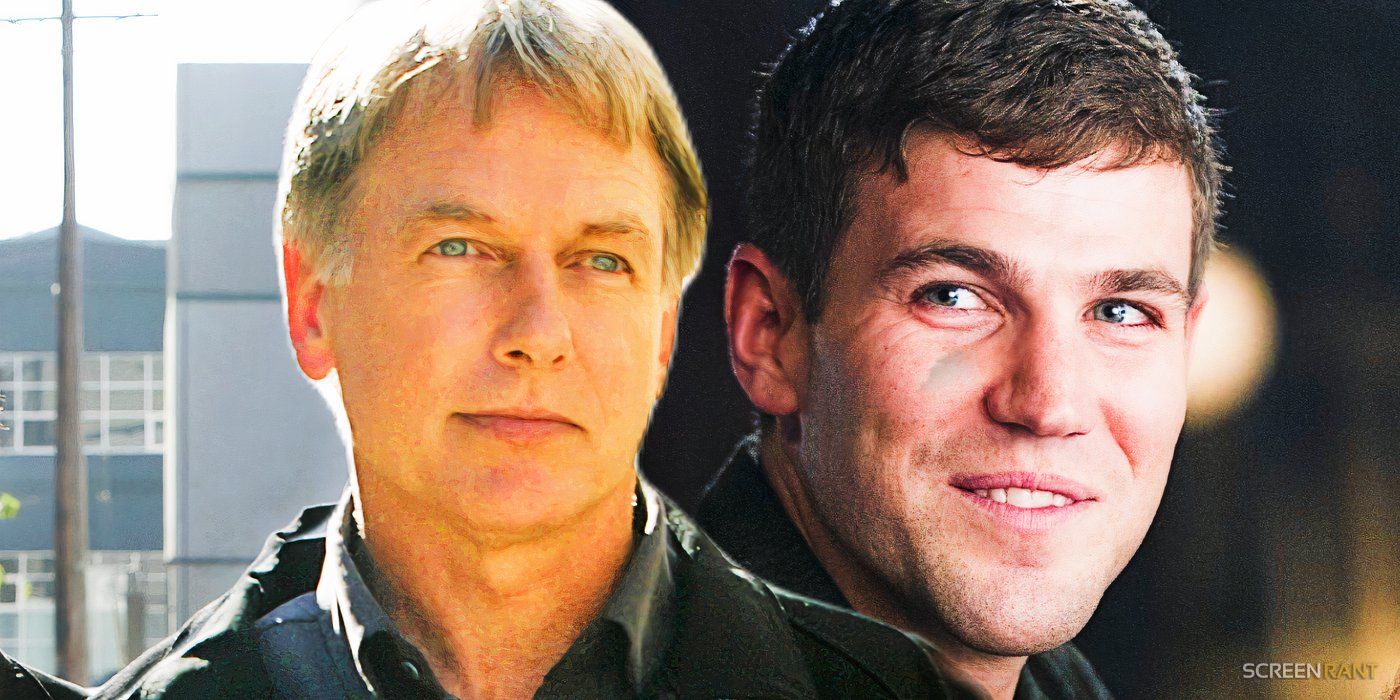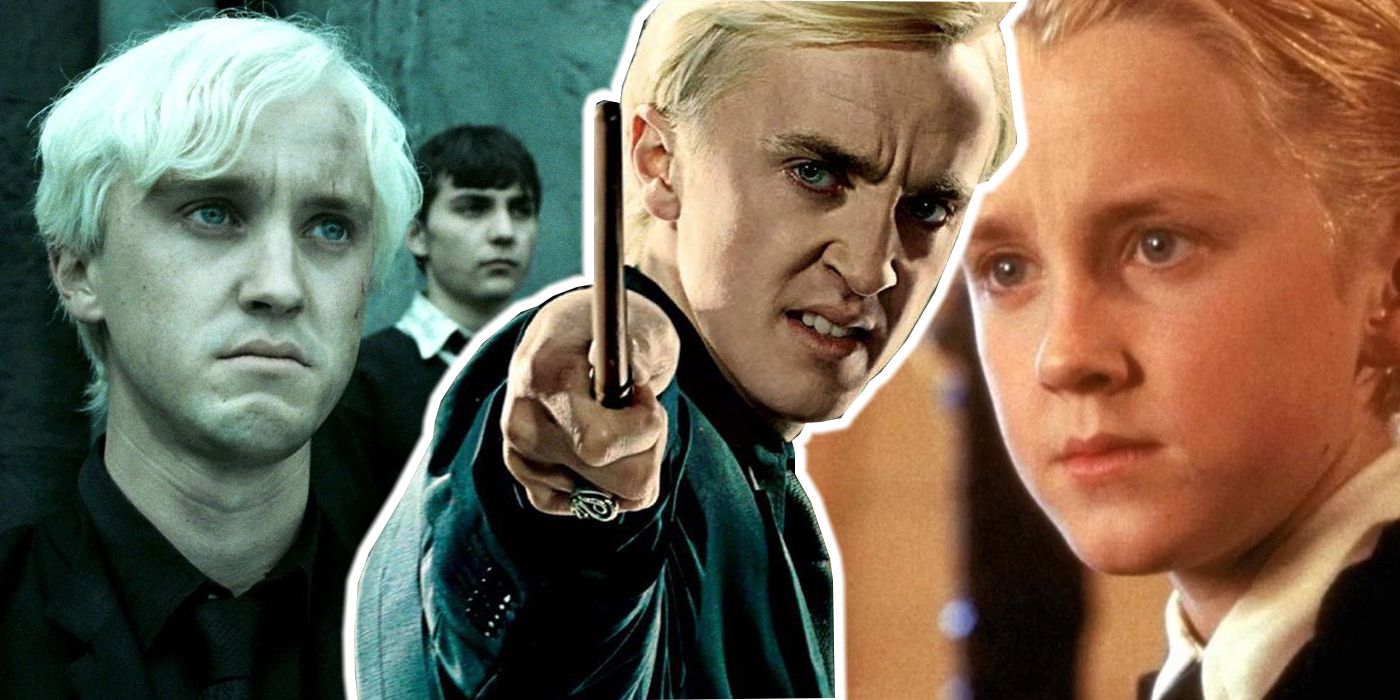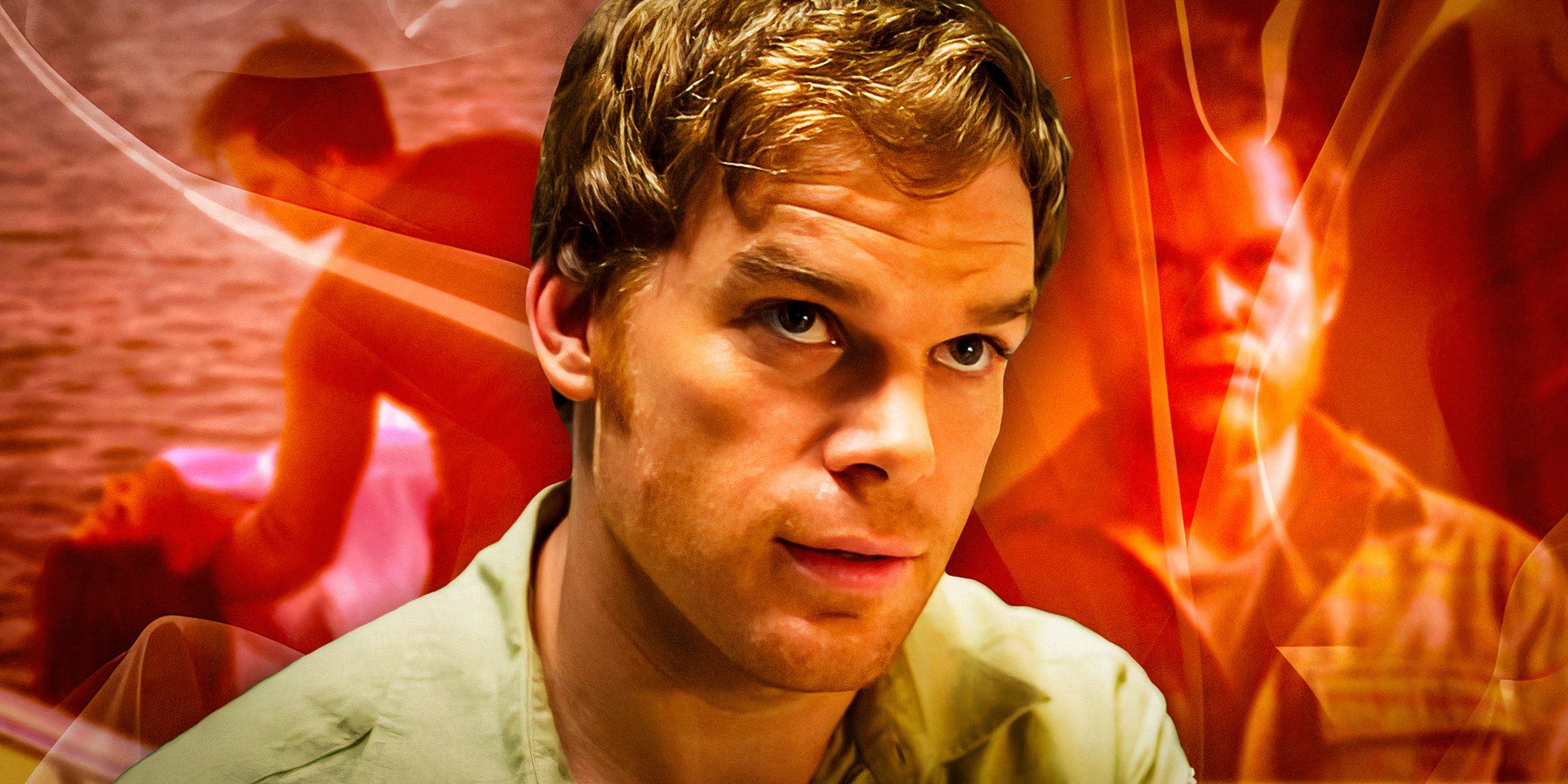Guillermo del Toro’s The Shape of Water elegantly blends whimsical fairy tale with a fresh spin on classic monster movies for a delightful experience.
The Shape of Water is horror maestro Guillermo del Toro’s latest work, and perhaps his best work to date. After helming a handful of smaller budgeted horror films, the vampire-focused sequel Blade II, and the first Hellboy film, the Mexican-American director truly began to make his mark on Hollywood with the release of Pan’s Labyrinth in 2006. The movie introduced many to the filmmaker’s bread and butter: whimsy and romance mixed with horror. The filmmaker has since moved on to a range of projects, from the blockbuster kaiju-battling robot extravaganza of Pacific Rim to his take on the Gothic Romance genre with Crimson Peak. Now, del Toro has returned with another unique project sure to catch the attention of moviegoers. Guillermo del Toro’s The Shape of Water elegantly blends whimsical fairy tale with a fresh spin on classic monster movies for a delightful experience.
In The Shape of Water, Elisa Esposito (Sally Hawkins) is a mute woman who works as a nighttime janitor for the Occam Aerospace Research Center in early 1960s Baltimore. Her daily routine includes watching old musicals with her neighbor and friend Giles (Richard Jenkins), a closeted gay man who works from home as a commercial artist, and working with her talkative friend Zelda Fuller (Octavia Spencer). Elisa is happy enough in her life, finding joy in the little moments, but her world is forever changed when the facility acquires a strange specimen, which they dub the Asset (Doug Jones). Colonel Richard Strickland (Michael Shannon), Dr. Robert Hoffstetler (Michael Stuhlbarg), and the various scientists are intent to study the Asset, though Strickland holds a particular contempt for the creature and Hoffstetler a particular fascination.
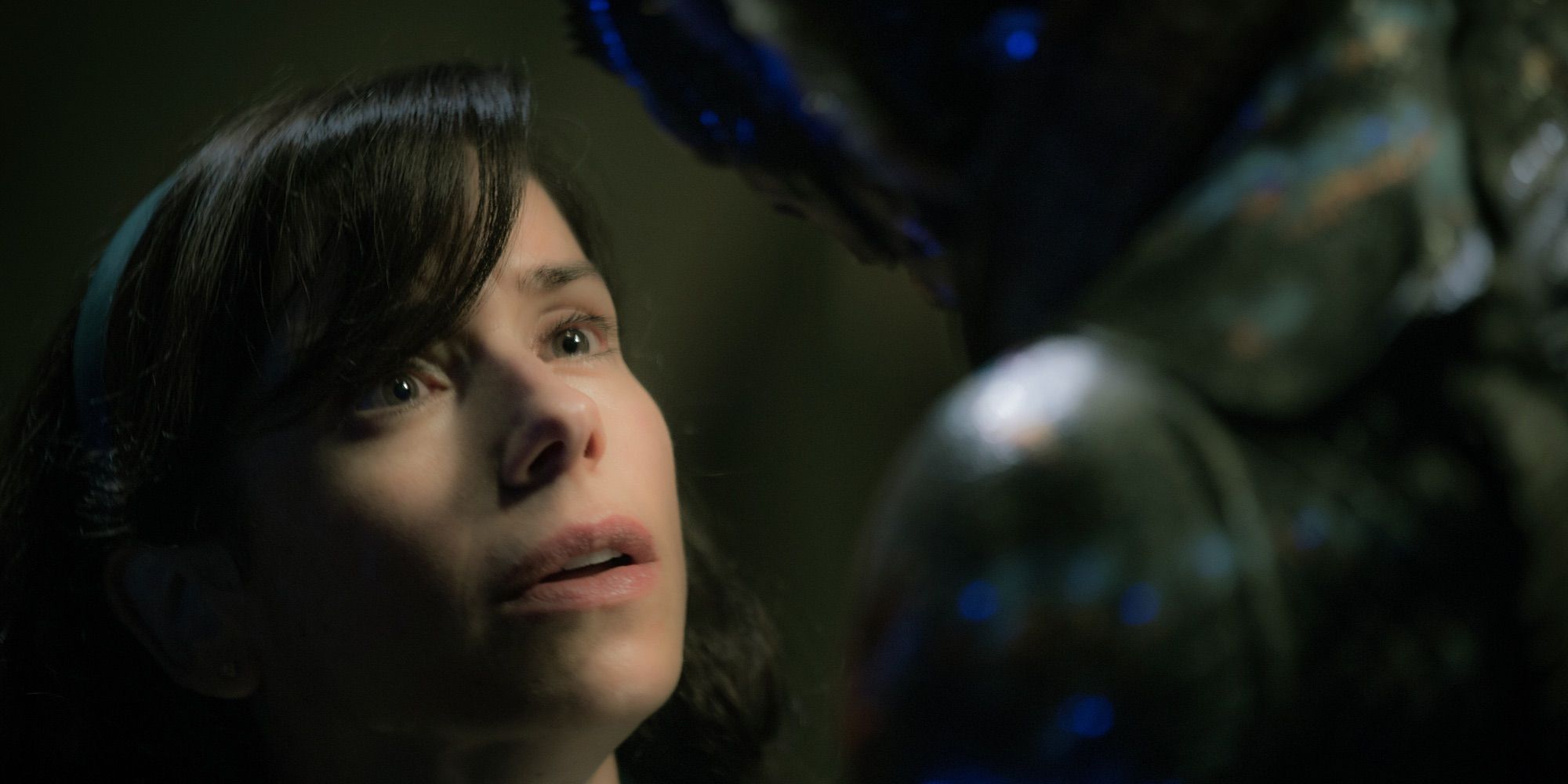
Elisa is intrigued by the Asset, and attempts to befriend the creature by bringing him hard-boiled eggs and teaching him sign language, which is her main form of communication. She grows incredibly attached to the creature and when she learns that Strickland and his superior, General Hoyt (Nick Searcy), have decided to vivisect the Asset – despite the protests of Dr. Hoffstetler – she begins to plot a way of helping the amphibious man escape the facility. To do so, she enlists Zelda and Giles, but they only manage to succeed with the surprising aid of Dr. Hoffstetler – who has his own secret motivations for helping. Once freed, Elisa and the creature grow even closer as she falls in love with him, all the while planning on when and how to release him back to the sea. With Strickland on the hunt to find the Asset, and those who helped free the creature, Elisa and the amphibious man find themselves in a perilous situation – even more fraught by their feelings for one another.
The Shape of Water was directed by del Toro, from a script that he co-wrote with Vanessa Taylor (Divergent, Game of Thrones), though it’s based on a story by the filmmaker himself. The story itself is a beautiful blend of a classic fairy tale romance akin to Beauty and the Beast, but featuring an amphibious man that pays obvious – and reverent – homage to the titular monster in Creature from the Black Lagoon. However, The Shape of Water also makes good use of its setting in 1960s Baltimore, adding in an undertone of Cold War-era McCarthyism that provides some depth to the political climate, and some insight into the mindset of Strickland, who is undoubtedly the villain – and true monster – of the film. Altogether, the mixture of genres and tropes give The Shape of Water an even more surreal feeling, with the fantastical elements starkly contrasted by the realistic political undertones.
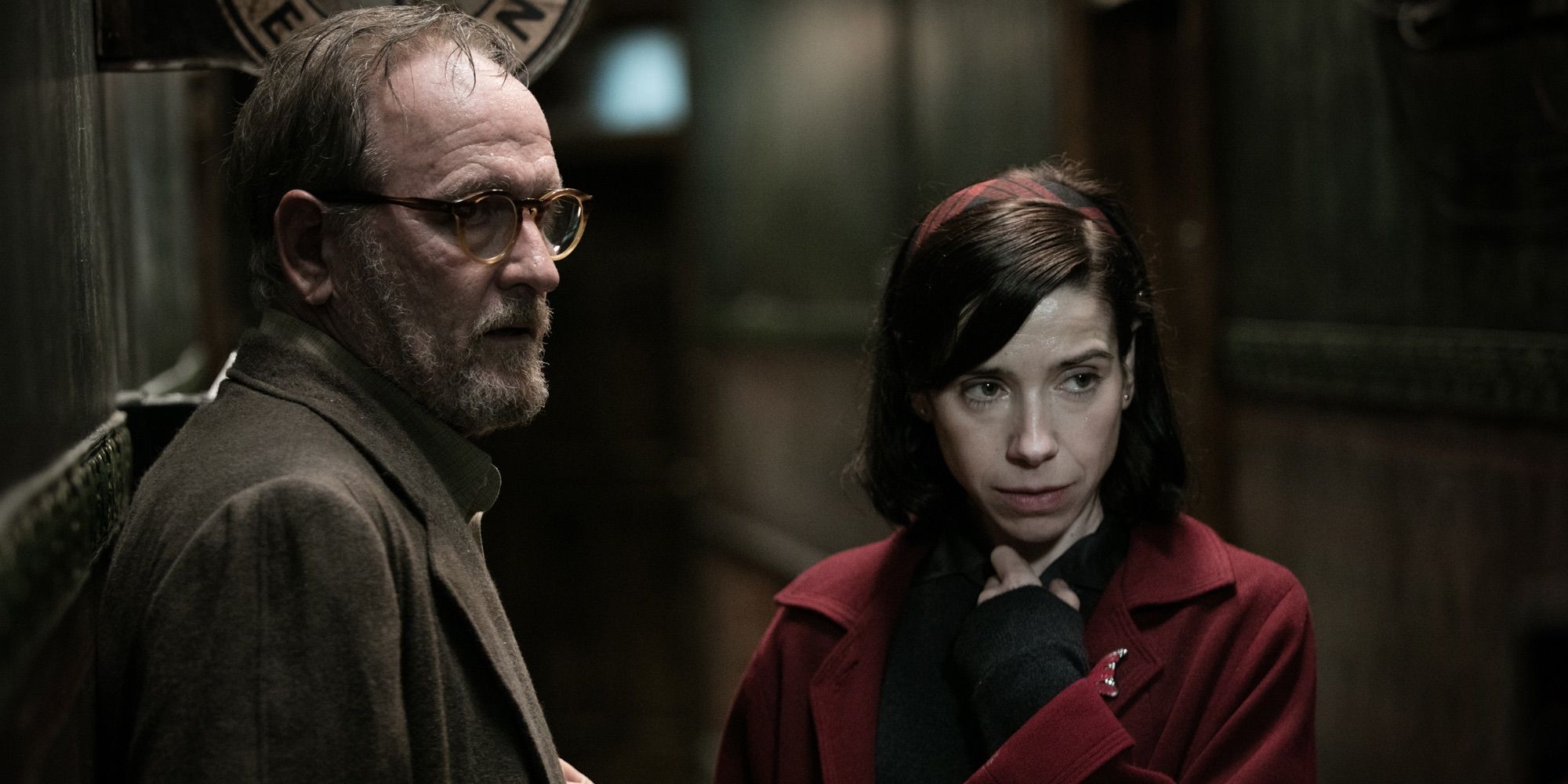
Still, the story of The Shape of Water is brought to life beautifully by del Toro in the director’s chair and cinematographer Dan Laustsen (Crimson Peak, John Wick: Chapter 2). The theme of water throughout, and the co-star being an amphibious man, no doubt lend the movie to compelling visuals, and The Shape of Water uses as many opportunities as possible to play with water and light in ways that are nothing short of dazzling. Further, the classic, but not-too-polished, sets from production designer Paul D. Austerberry (Pompeii) and ’60s style costumes by Luis Sequeira (The Strain) work together to bring a rich texture to The Shape of Water that highlights the film’s dichotomy of realistic and fantastic elements. Still, the makeup and visual effects teams should also be applauded for bringing del Toro’s creature to life with a great deal of believability.
As for the performances, The Shape of Water is Hawkins’ movie, with the actress giving an altogether compelling depiction of a woman who feels lonely in her otherness – especially against the backdrop of unforgiving conformity in the 1960s – but finds hope and love in another creature. Though Hawkins undoubtedly shines in the more serious and heart wrenching scenes, it’s her performance of the smaller, more humorous moments that are truly magical. Hawkins is, of course, elevated by Jones’ own performance of the amphibious man, and his long career of playing all kinds of creatures no doubt helped him prepare for this role. Spencer and Jenkins are additionally delightful as Elisa’s friends and co-conspirators, while Shannon is a truly terrifyingly realistic villain. Stuhlbarg, meanwhile, does the best he can with a rather minor arc.
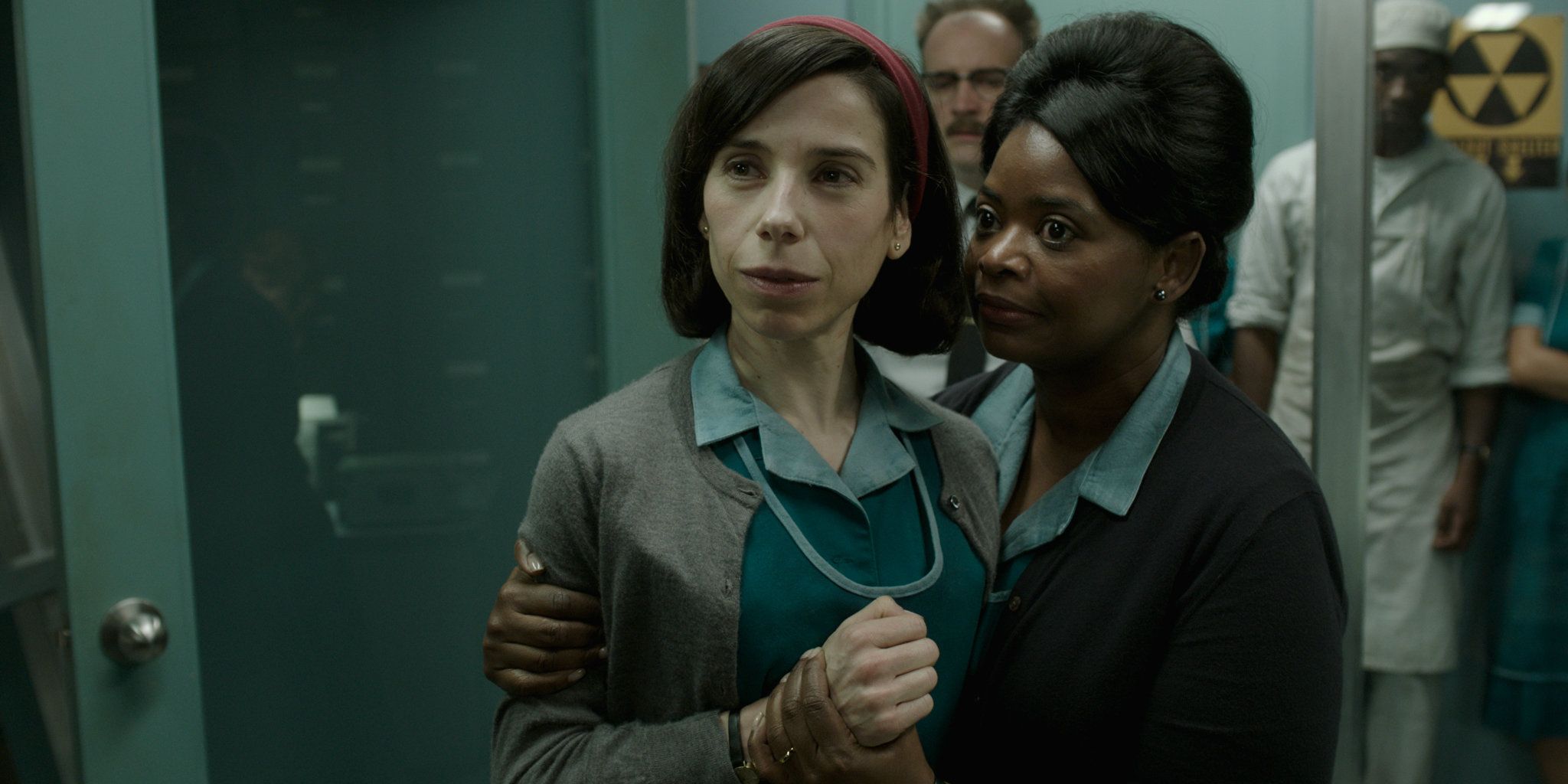
Altogether, del Toro, along with his cast and crew, bring to life a wholly new kind of fairy tale and monster movie, which upends conventions of both genres in order to create a film that’s entirely fresh. While there are certain tropes and elements introduced that don’t seem to pay off in the end, they do work to help flesh out the characters and the world in which they live. Furthermore, these elements give The Shape of Water a sense of verisimilitude since, more often than not, real life isn’t a tidy story with a narrative arc that ties up into a nice neat bow by the time the credits roll – which, again, gives del Toro’s film a magical quality by juxtaposing such realistic story elements with a classic fairy tale structure.
The wonderful magical realism of The Shape of Water cannot be overstated and makes it one of the most unique and compelling movies of the year. It’s certainly perfect for del Toro fans – there’s even quite a bit of horror for those who have followed the filmmaker’s work from the start of his career. But, when it comes down to it, The Shape of Water is a rather simple love story, one that will no doubt appeal to a wide variety of audiences given its mixture with elements from horror/monster movies. Guillermo del Toro’s latest is some of his best work to date and will hopefully receive a great deal of attention once Hollywood’s awards season ramps up – and, as such, is worth checking out.
Trailer
The Shape of Water is now playing in New York City and opens in Los Angeles on Friday, December 8, before expanding to more cities in the weeks thereafter. It runs 119 minutes and is rated R for sexual content, graphic nudity, violence and language.
Let us know what you thought of the film in the comments!
Key Release Dates
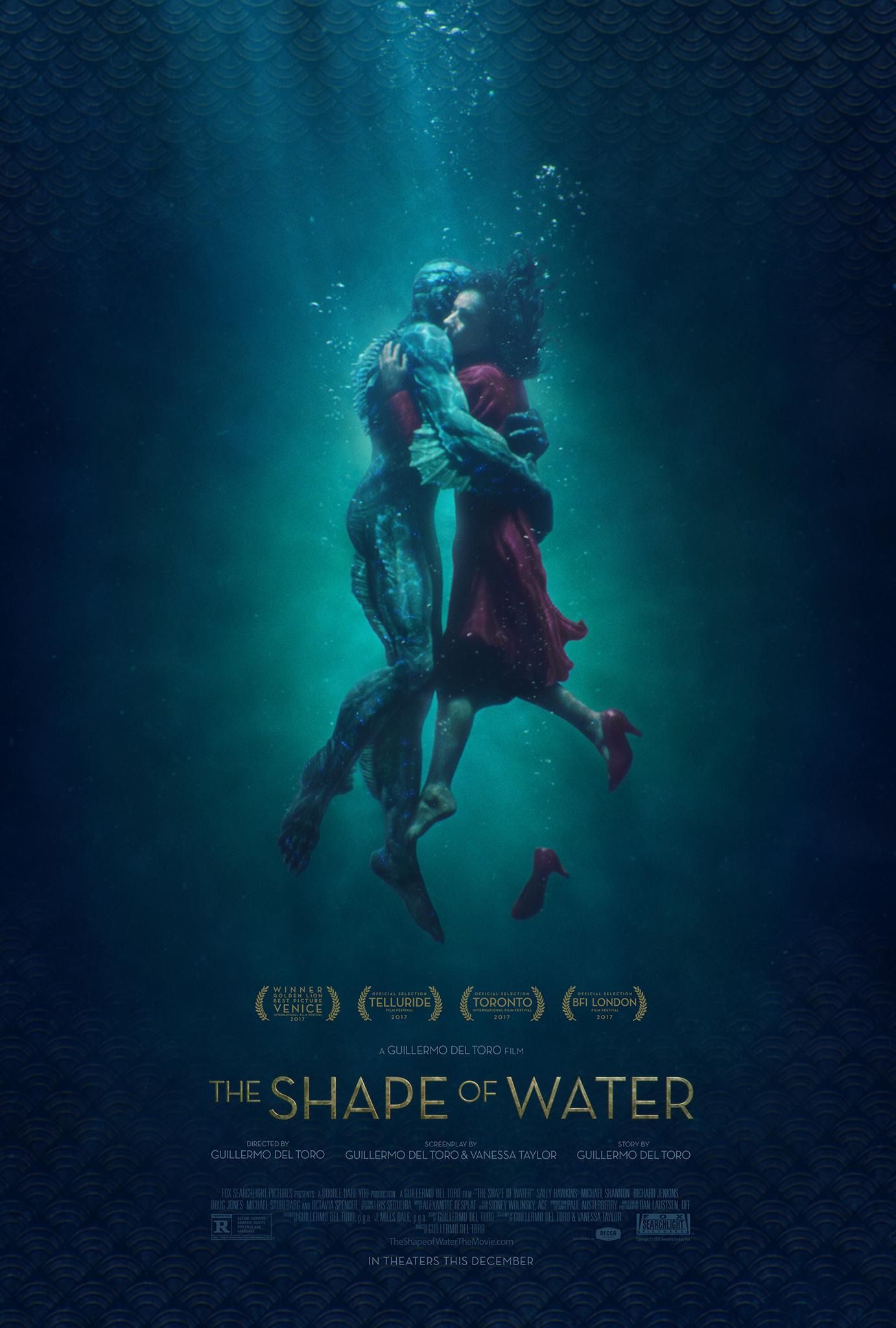
The Shape of Water
Release Date:2017-12-01

